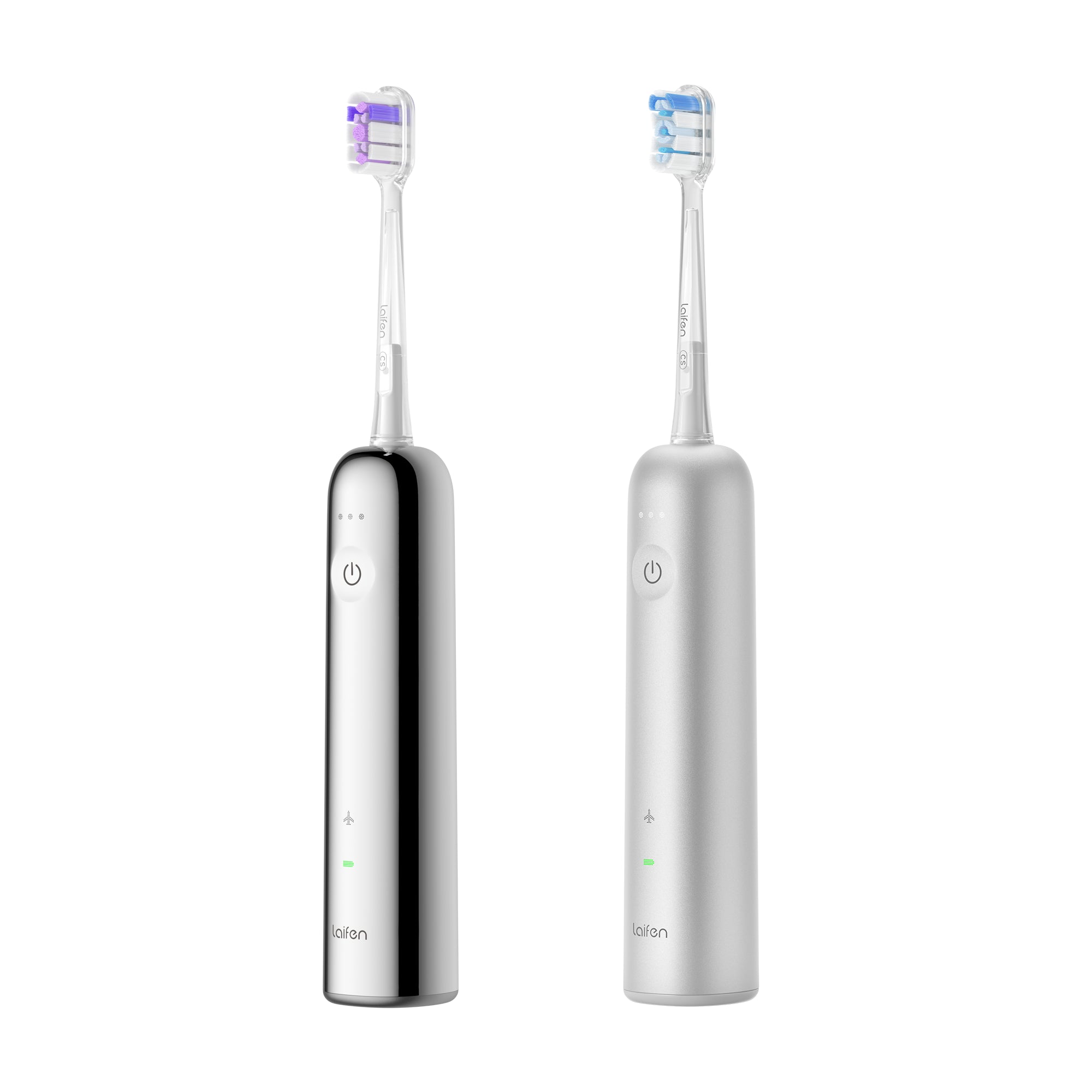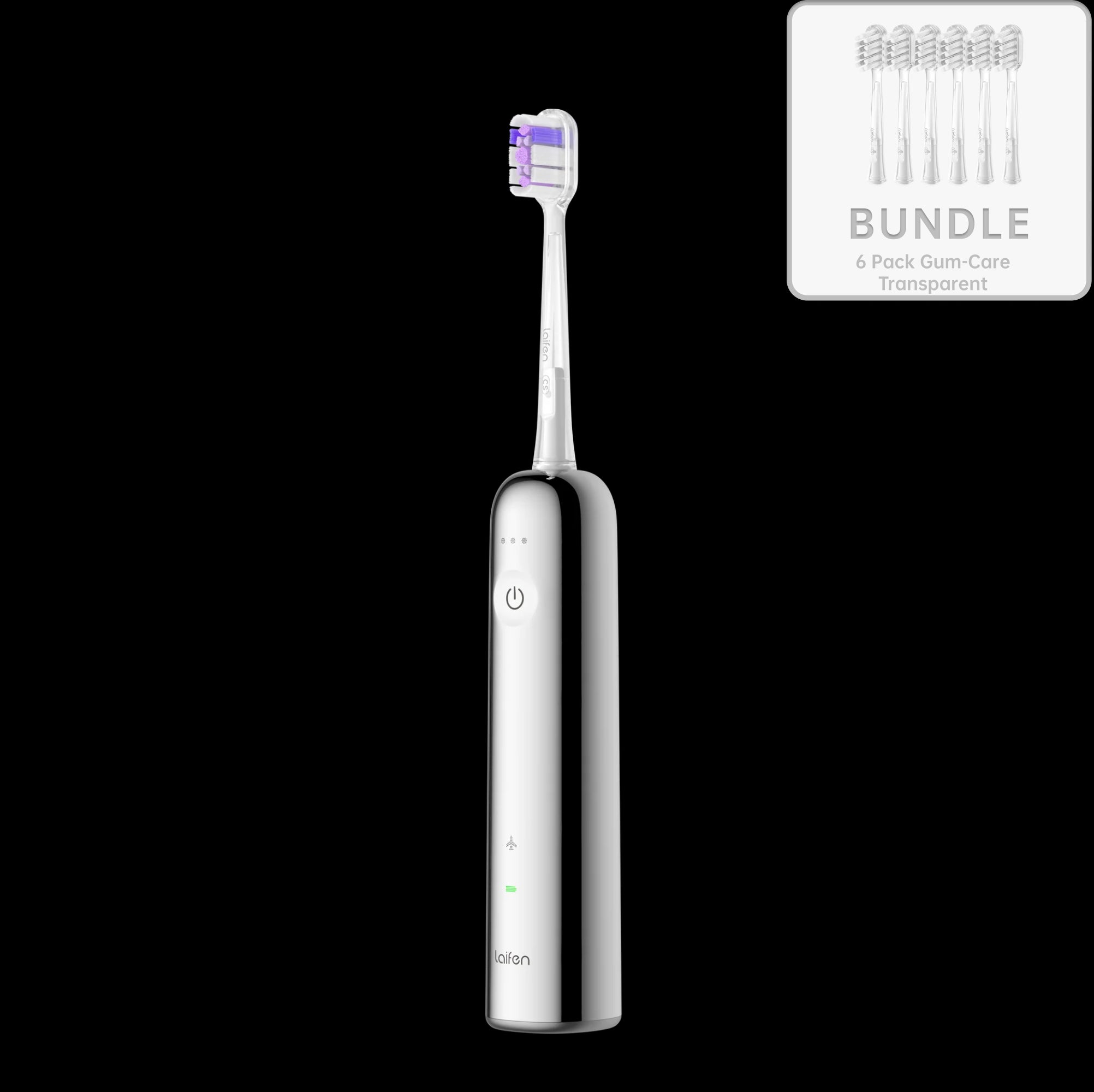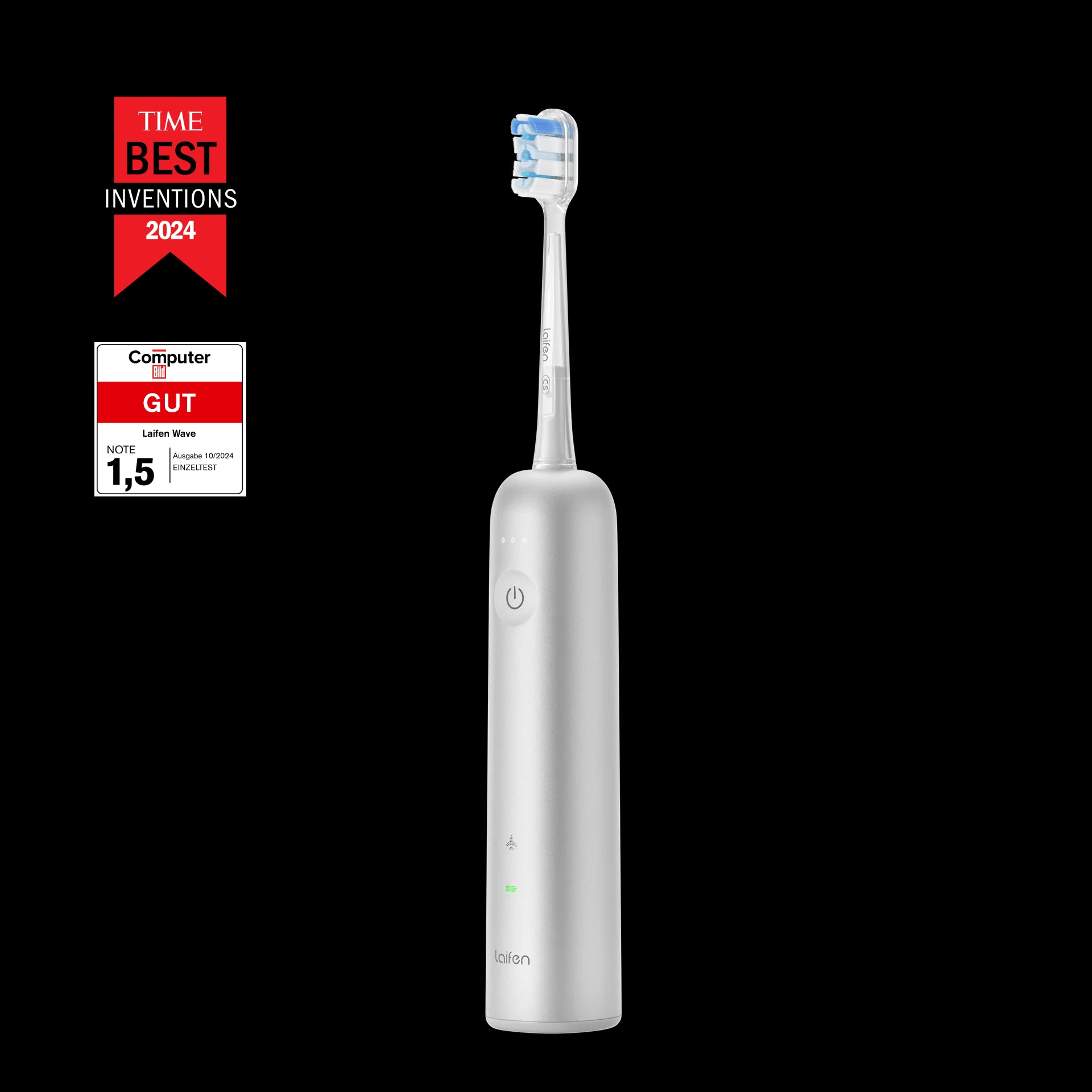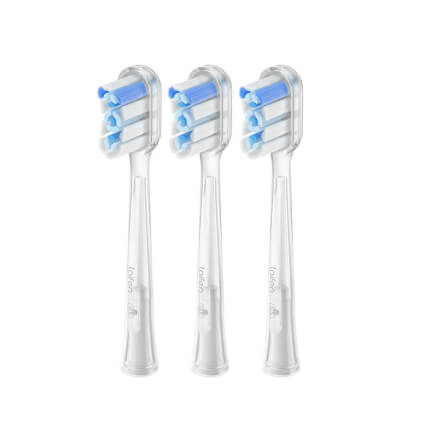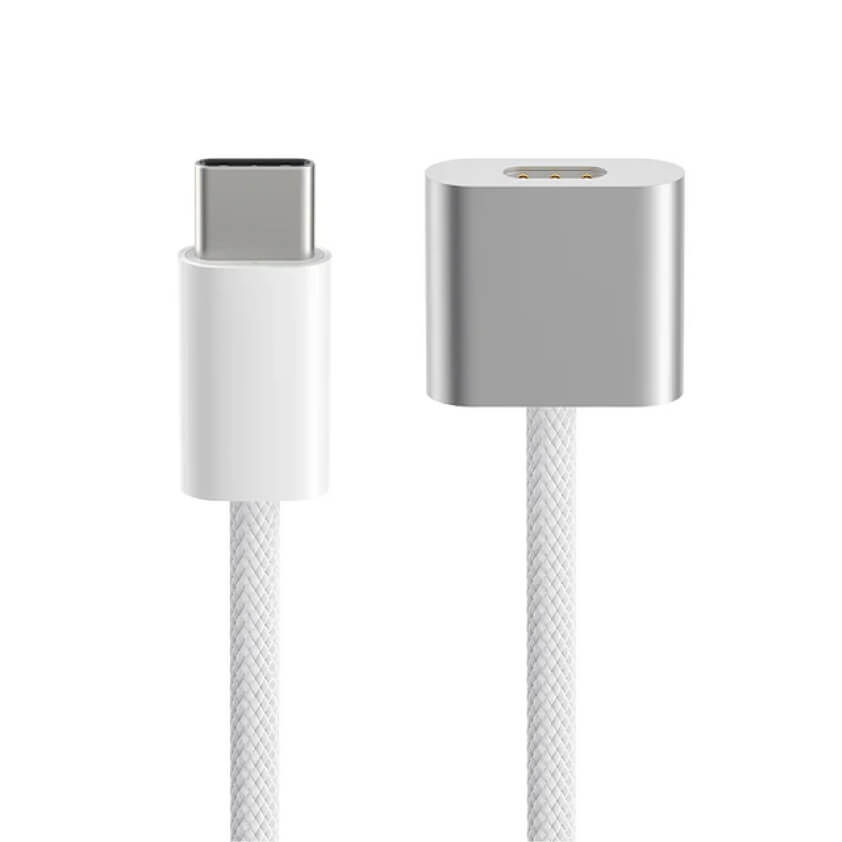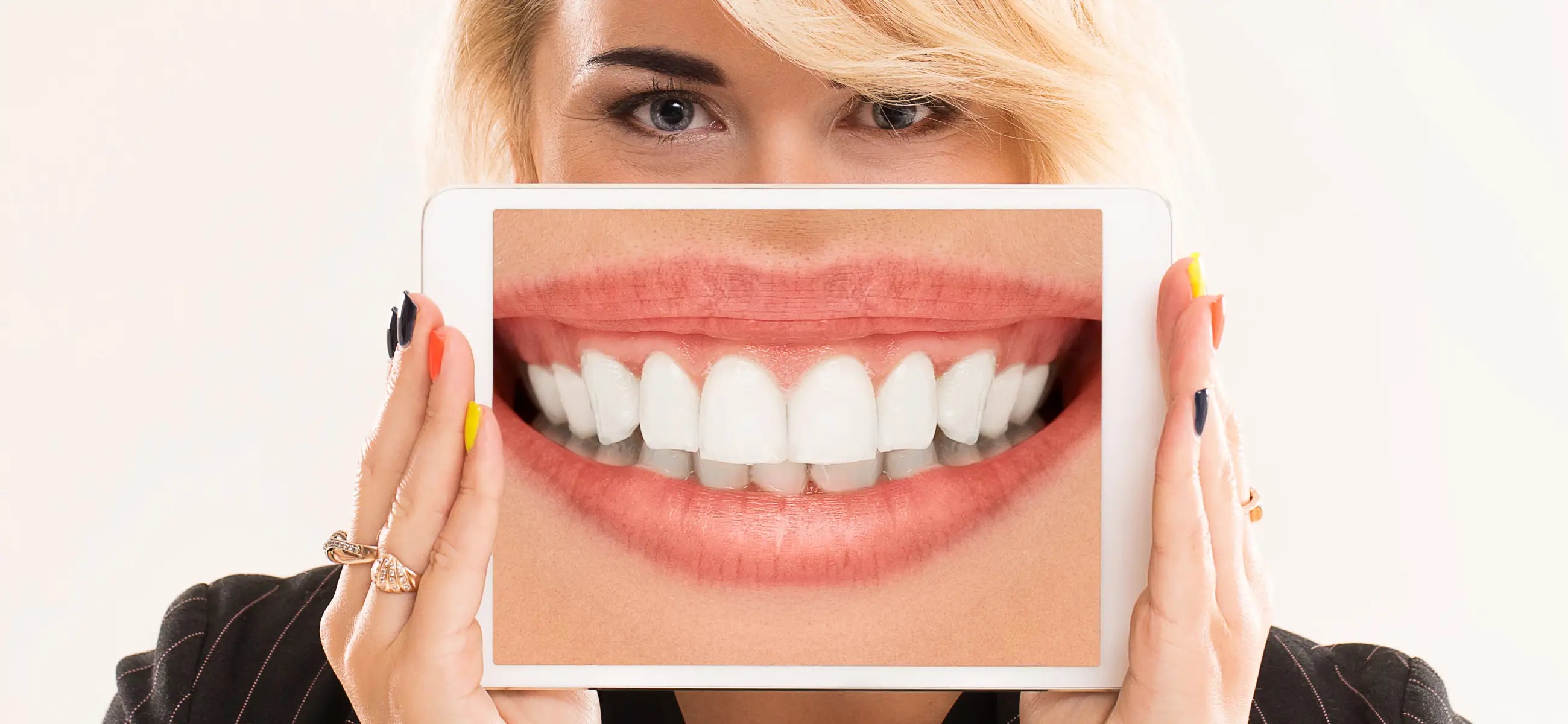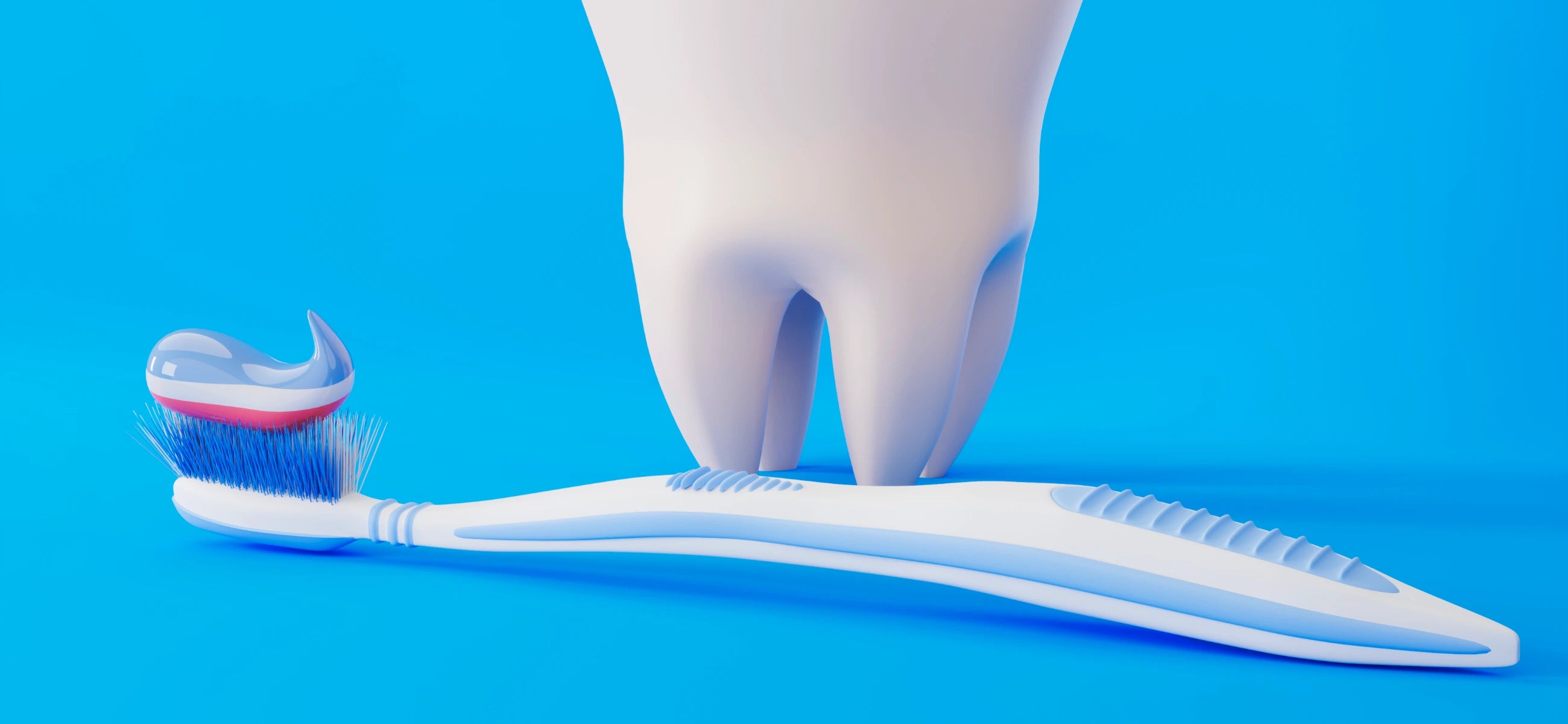
In this article
Fluoride is a mineral that strengthens teeth and helps prevent cavities. It's like a superhero shield for your teeth and fights off pesky cavities and keeps your smile bright. Did you know fluoride can be found in water, toothpaste, and even some foods? Cool! But too much fluoride can cause problems, like fluorosis. There's a debate about adding it to water supplies. So, while fluoride is awesome for teeth, you need to know the facts and strike a balance for a healthy smile!
What is fluoride?
Fluoride is a naturally occurring mineral found in soil, water, and various foods. It plays a key role in dental health by strengthening tooth enamel and protecting against tooth decay.
Fluoride works by remineralizing weakened enamel and makes teeth more resistant to acid attacks from plaque bacteria and sugars.
Fluoride can reverse early stages of tooth decay and inhibit the growth of harmful bacteria in the mouth. It's often added to toothpaste, mouthwash, and community water supplies to ensure optimal dental health for people of all ages.
Benefits of fluoride
The benefits of fluoride for dental health are numerous:
-
Fluoride strengthens tooth enamel and makes your teeth more resistant to acid attacks from plaque bacteria and sugars.
-
Fluoride can reverse the early stages of tooth decay by remineralizing weakened enamel and preventing cavities from progressing further.
-
Regular use of fluoride toothpaste and mouthwash can help maintain good oral cleaning by reducing plaque buildup and preventing gum disease.
-
When used appropriately, fluoride is a safe way to prevent cavities and promote your dental health.
-
Adding fluoride to community water supplies has been shown to be one of the most cost-effective ways to prevent tooth decay.
Is fluoride toxic?
Fluoride can be toxic in high doses, but when used appropriately, it is safe and beneficial for dental health. The key is moderation.
Excessive fluoride intake, whether through water, toothpaste, or supplements, can lead to a condition called fluorosis, which may cause discoloration or mottling of the teeth. However, fluorosis is rare and occurs when fluoride levels exceed recommended limits, often from multiple sources.
Side effects of fluoride
While fluoride is generally safe when used appropriately, excessive intake or exposure to high concentrations of fluoride can lead to potential side effects:
-
Dental fluorosis: Ingesting too much fluoride during tooth development (usually in childhood) can lead to dental fluorosis, characterized by white or brown streaks or spots on the teeth. Severe fluorosis may cause enamel pitting or discoloration.
-
Skeletal fluorosis: Long-term exposure to high levels of fluoride can affect bone health and lead to skeletal fluorosis. Symptoms include joint pain, stiffness, and skeletal deformities. However, skeletal fluorosis is rare and only occurs in areas with naturally high fluoride levels in drinking water.
-
Gastrointestinal symptoms: Ingesting large amounts of fluoride, such as from swallowing toothpaste or mouthwash, can cause nausea, vomiting, abdominal pain, and diarrhea.
-
Hypersensitivity reactions: Some may experience allergic reactions or hypersensitivity to fluoride-containing products and cause symptoms like skin rash, itching, or swelling.
What is fluoride toothpaste?
Fluoride toothpaste is like a superhero for your smile, packed with fluoride, a mineral that toughens up tooth enamel and fights off pesky cavities. It's your daily defender against dental decay, working its magic to keep your teeth strong and healthy. So, what are some top picks for fluoride toothpaste? Check out these three favorites:
-
Arm & Hammer Advance White Toothpaste
-
Burt's Bees Purely White Toothpaste
-
Hello Oral Care Fluoride Toothpaste
These toothpastes don't just clean your teeth; they give your smile the superhero treatment it deserves!
What is a fluoride treatment?
A fluoride treatment is a dental procedure where a concentrated fluoride solution is applied to the teeth to strengthen enamel and prevent tooth decay. It's used in dental offices but can also be administered at home using fluoride toothpaste or mouthwash.
Here's a comparison between fluoride treatments administered at home versus those performed at the dentist's office:
|
Aspect |
At-home fluoride treatment |
Dental office fluoride treatment |
|
Administration |
Self-administered |
Administered by a dental professional |
|
Concentration |
Lower concentration |
Higher concentration |
|
Application |
Typically toothpaste or mouthwash |
Applied as a gel, foam, or varnish directly to teeth |
|
Frequency |
Daily |
Periodic, typically during dental visits |
|
Effectiveness |
Provides ongoing protection against decay |
Provides immediate and concentrated protection |
Both at-home and dental office fluoride treatments offer benefits in preventing tooth decay, but the dental office treatment provides a more concentrated and immediate effect. However, consistent use of at-home fluoride products can provide ongoing protection against cavities.
How often to have fluoride treatment?
For most people, fluoride treatments at the dentist's office are recommended every 6 to 12 months, during regular dental check-ups. However, people with a higher risk of tooth decay may benefit from more frequent treatments, as determined by their dentist. At-home fluoride treatments, such as fluoride toothpaste or mouthwash, should be used daily as part of a regular routine.





